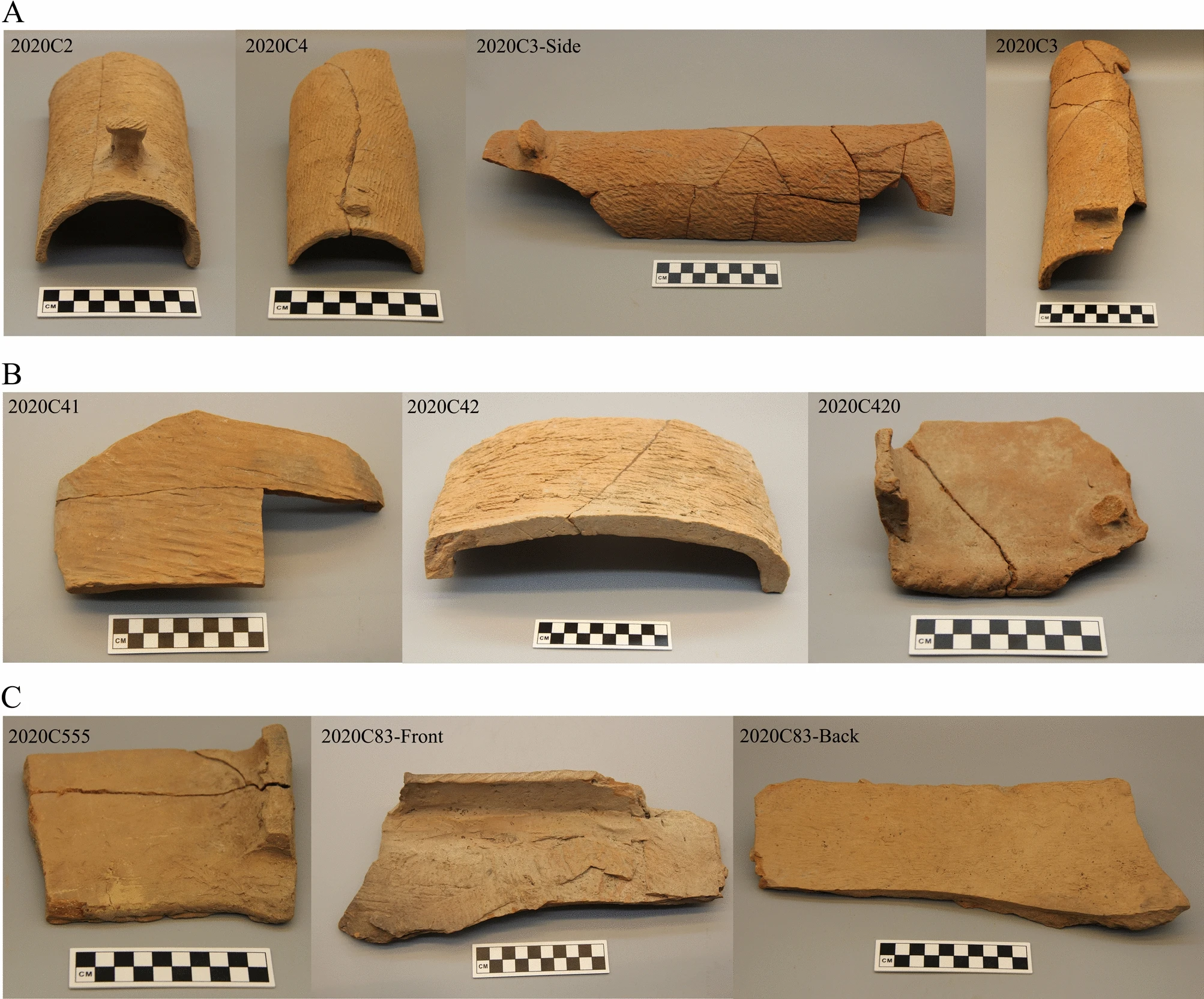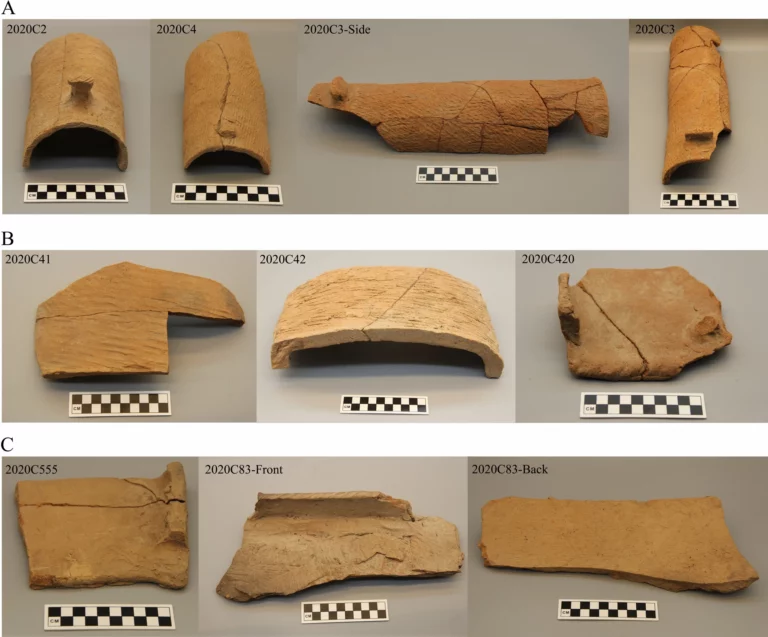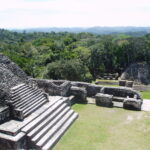PKU researchers reconstructed how the clay tiles from Qiaocun formed the earliest known composite-tiled roofs
Researchers from Peking University School of Archaeology and Museology collaborated with the Gansu Provincial Institute of Cultural Relics and Archaeology to reconstruct the world’s earliest composite-tiled roofs. Their findings were consolidated in an article titled “Reconstructing the earliest known composite-tiled roofs from the Chinese Loess Plateau,” published in the international journal Scientific Reports on May 19, 2023.

With support from projects like “Archaeological China: Settlements and Society in the Hetao Region,” the researchers used 5,000 pieces of terracotta tiles dating back to the early Longshan culture, excavated from the Qiaocun Ruins in Lingtai County, Gansu Province. By means of morphological measurement, quantitative analysis, 3D modeling, and computer simulation, the researchers then reconstructed the earliest known splicing technology of composite-tiled roofs, achieving a major breakthrough in the research on the traceability of composite terracotta tiles.
Existing archaeological discoveries indicate that the earliest ceramic tiles in the world appeared in Greece circa late 3,000 BC, but only in simple forms. Accelerator Mass Spectrometry (AMS) radiocarbon dating results show that the absolute age of tiles unearthed from the relic site of Qiaocun date back to 2400-2200 BC, proving these as the earliest composite tiles.
In the Western Zhou Dynasty (1046-771 BC), terracotta tile manufacturing was significantly developed in central Shaanxi Province, forming the Longshan Western Zhou culture, which further spread to the rest of Asia including South Korea, Japan, the Russian Far East and Southeast Asia.
To avoid the limitations of previous studies, the research team recruited experts in the fields of archaeology, architecture, relic protection and computer simulation to conduct cross-disciplinary research, overcoming difficulties such as the small sample size and the fragility of the samples.
The study of the Qiaocun Ruins is an important part of the “Archaeology China” project titled “Settlements and Society in the Hetao Region.” The recent findings suggest a strong relation between the roofed buildings in Qiaocun and increasing social interactions in public affairs management in the Loess Plateau, which promotes the social complexity and civilization process of this region.
Bibliographic information:
Xu, Y., Zhou, J., Zhao, J. et al. Reconstructing the earliest known composite-tiled roofs from the Chinese Loess Plateau. Sci Rep 13, 8163 (2023). https://doi.org/10.1038/s41598-023-35299-x
Press release from Peking University.



